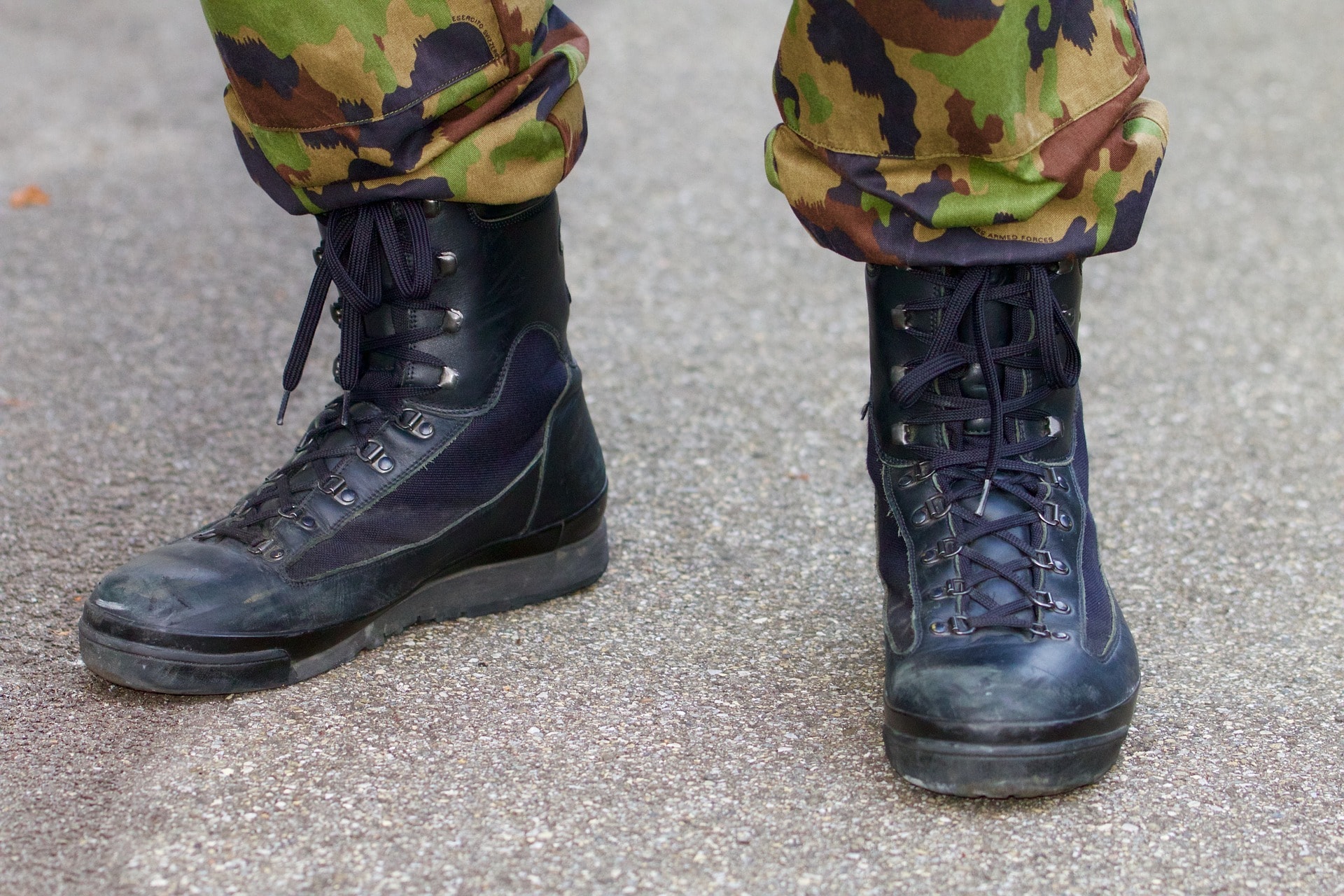When mortgage-loan money was flowing from banks before the 2008 financial crash, many vets paid little attention to the benefit of getting a VA loan, and lenders often steered vets into private loans that had less government red tape and could be approved faster. But since the crash, they have become a reliable source of homebuying assistance for a segment of the population.
Between 2009 and 2015, the total annual volume of VA mortgage originations more than doubled, from $75 billion to $155 billion, according to the Urban Institute.
The VA loan program began in 1944, when the government made it possible for veterans returning from World War II to buy homes. About 22 million veterans have received them.
In addition to no down payment, the loans — available to both veterans and active military personnel — don’t require borrowers to buy private mortgage insurance to protect their lender. Typical conventional loans require a 20 percent down payment, or the homebuyer has to buy private mortgage insurance until that threshold is met.
People also don’t need to have immaculate credit to qualify for VA loans. The average FICO credit score for a borrower receiving a VA loan recently has been 710, compared with 760 for a conventional loan. A score of 760 is considered pristine, but banks often are even pickier than that, reserving private bank loans for wealthy people with almost no likelihood of defaulting.
Interest rates on VA loans are also more favorable than other mortgage products. According to housing data provider Ellie Mae, the average interest rate on a 30-year, fixed-rate conventional loan was 4.42 percent in January. For VA loans, it was 4.01 percent. For loans guaranteed by the Federal Housing Administration, it was 4.23 percent.
Compared with another mortgage product supported by the federal government, FHA-backed loans, the default rate — or percentage of people failing to pay their mortgages — is much lower for VA loans. In 2012, for instance, 2.3 percent of FHA loans defaulted, compared with 1.3 percent of VA loans.
Why? Vets tend to be financially conscious. They have maturity in life. They are taught to be disciplined from day one.
But there are also lending practices that are unique to VA loans, and perhaps those practices could serve as a lesson in how to improve the outcome for borrowers in all types of loans.
VA mortgage lenders evaluate the borrower’s debts, expenses and income and make sure there is a specific cushion of leftover money from each paycheck to cover surprises — whether it’s an illness, a home repair or a lost job. That cushion is called “residual income,” and about $1,000 would be required for a family of four.
Non-VA lenders don’t specifically calculate such a cushion or require that borrowers have it.
Federal rules also require VA lenders to work with borrowers if they have trouble making payments, to avoid the home going into foreclosure. There are practices in place, such as relieving payments temporarily.
Because of the unique requirements in evaluating borrowers, some lenders have stayed away from VA loans because they have wanted to avoid a drawn-out process. Yet updates in government practices and technology changed some of those concerns a few years ago.





